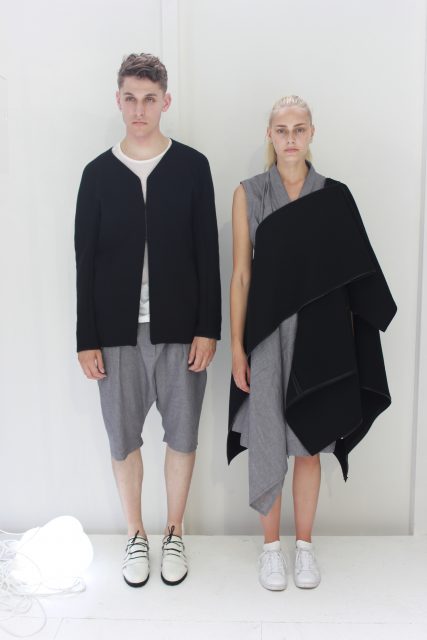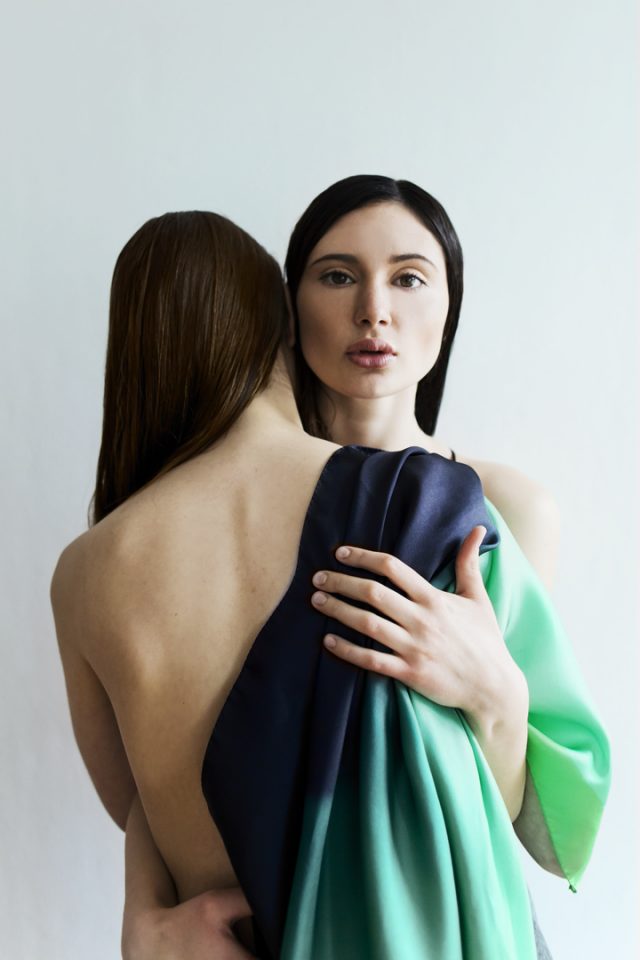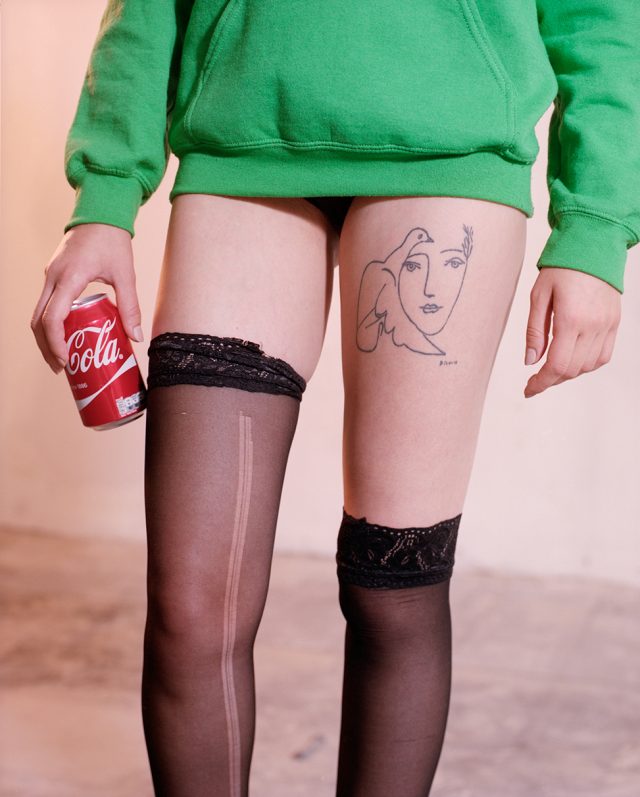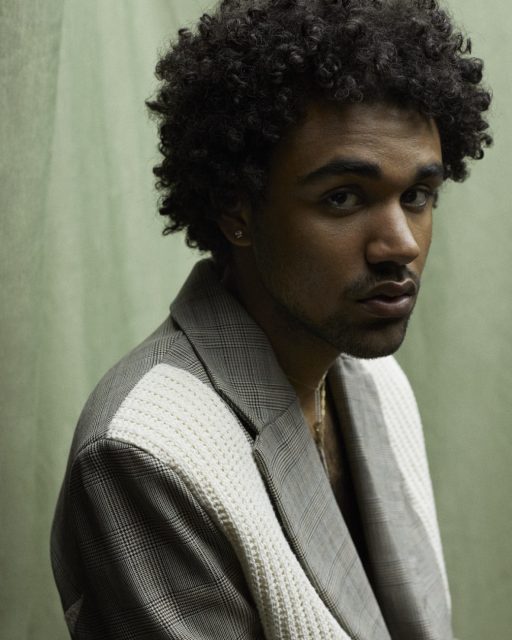 Alexander Botov
Alexander Botov
With an overwhelming range of celebrity and brand endorsed products, a foray into the world of fragrance can be disorientating at best. In many cases, fragrances act as key profit spinners, accessible touch points to a world of luxury otherwise far beyond common grasp. In light of this, brands, or as is often the case, consumer goods conglomerates who have purchased the rights to a scent, employ ruthless marketing tactics in their attempts to offer consumers the chance to own a small part of an brand’s mythology, often at the cost of the quality of the fragrance itself.
Of course, an abundance of exquisitely crafted niche fragrances exists, a market growing at startlingly rapid pace. Yet often, their prices are prohibitive, with a 50ml bottle of Le Labo’s Patchouli 24, for example, clocking in at a handsome €125.
In spite of such testing market conditions, Verdúu’s Alexander Botov seems to have come up with an ingenious solution, satisfying the demand for fragrances of superior quality at an accessible price, as well as providing a scented platform for young designers, allowing for the creation of a new lens into their blossoming worlds. We caught with Alexander in an e-mail exchange to discuss Verdúu, the brand’s collaboration with the renowned Mark Buxton, and the process of developing scents faithful to the universes of emerging designers.
 Mark Buxton
Mark Buxton
Œ Magazine: For Hien Le No.1, you enlisted Mark Buxton, the industry-leading nose behind fragrances spanning Givenchy, Comme des Garçons and Le Labo. How did the collaboration with Mark come about, and what made him the ideal match for Hien’s fragrance?
Alexander Botov: Mark is extremely versatile and doubtless among the world’s most gifted perfumers, employing an extremely innovative approach to fragrance creation. He is a veritable prodigy in his ability to transform ideas and inspirations into scents. Hien’s fragrance aside, he was my preferred partner for collaboration from the outset.
I told Mark of my concept, and he subsequently invited me to Paris. We spent a few hours in a brasserie, discussing the fine art of perfumery, the necessity of shifts in the perfume market, blue ocean strategy, creativity and our mutual passion. Ultimately, it was a perfect fit; it was clear to both of us that we had to do this together.

What were the key motivations behind the fragrance’s creation? Did you set out with a particular idea in mind?
The seeds for each Verdúu fragrance are sown by the designers themselves. That is the crux of our concept. Each scent should be a wholly faithful representation of the designer, their inspiration, their character, their ideas and their work. Marketing concepts do not govern our fragrances; we are dedicated to an authentic telling of the individual designer’s stories. One should be able to experience the world of a designer through a Verdúu scent.

The majority of fashion house houses have a distinct aesthetic reputation, thereby making it easier for a customer to associate the scent of a fragrance with the relevant brand. What are the benefits and setbacks of creating fragrances for up-and-coming designers that do not necessarily enjoy such reach or recognition?
Frankly, in the case of large fashion houses, whose fragrances are often franchised and brought to the market by consumer goods corporations, I find it rather difficult to recognise the brand’s lineage… And besides, it often isn’t the fragrance’s goal.
But that is precisely what we are dedicated to at Verdúu; we want to tap into the vast creative potential of young designers and, from it, create entirely distinctive fragrances, even if it means that the result might be particularly bold or lie beyond the limits of a conventional comfort zone. There’s no denying that it is much more exciting to continually try new fragrances from young, creative designers. Verdúu makes it that little bit easier, with each of our fragrances produced in 15 ml quantities, allowing everyone to compile their own fragrance ‘wardrobe’. The reach of young designers is thereby also expanded through the fragrance.
 Where do you begin with the production of a new fragrance? What are the key elements, and how do you create a product complementary to a designer’s overarching aesthetic?
Where do you begin with the production of a new fragrance? What are the key elements, and how do you create a product complementary to a designer’s overarching aesthetic?
Each of our fragrances begins with a rigorous briefing between designer and perfumer. Over the course of an interview, Mark develops an idea for a scent. This is also what serves as the key element. The transforming of the aesthetic and the ideas of a designer into a scent with which the designer then wholly identifies is the pinnacle of a perfumer’s art. The process of scent creation is extremely complex, and so I always have to smirk to myself whenever yet another scent appears on the market, cobbled together from various disparate components. Such an approach has nothing to do with perfumery as an art form.
 Hien Le
Hien Le
Most branded scents are conceptually affiliated with an emotion or a particular facet of a brand. In this case, Hien Le’s S/S16 collection served as the fragrance’s inspiration. How, if at all, did this influence the process of its creation?
In Hien’s case, the inspiration for his first fragrance, No1, arose from the inspiration for his SS16 collection. But it is also infused with an all-encompassing facet of Hien, one entirely independent of the collection. The SS16 collection naturally exerts a certain influence upon Hien Le No1, but this independent facet is just as important. It will prove to be exciting if Hien is to release a second fragrance in tandem with another collection. Which notes will reappear? Which new ones will there be to discover?
 Sissi Goetze
Sissi Goetze
Germany’s reputation as a perfume destination is irrefutably dwarfed by it’s neighbour to the west. What dividends did it pay to avoid industry capitals such as Paris and Grasse? Were there any sacrifices to be made?
Though, in the past, it may certainly have been easier for a perfume label to establish itself if ‘Paris’ were printed below the logo, thereby affording a certain credibility as a luxury brand, I’m of the opinion that this locational endorsement is increasingly losing its clout. If we take a look at the new stars of the fragrance and beauty scene, Aesop or Byredo for example, we often see that they do not operate from a Paris base.
Building the Verdúu brand around a particular location doesn’t really come into the equation. Our first three fragrances from Hien Le, Sissi Goetze and Michael Sontag have Berlin roots and represent Berlin as a prominent fashion location; that’s the statement being made in these particular cases and that’s the reason we why we were glad to start off in Berlin.
But Paris and Grasse are hardly excluded: owing to our co-partner Mark Buxton’s living and working in Paris, we are often there; our fragrances are produced near Grasse, and our third co-partner and creative director, Björn Jonas, lives and works in New York. Since I am the founder, and am Munich-based, the company is seated here, but it could just as easily be in Barcelona, Amsterdam or Stockholm.

Björn Jonas
How would you describe the current state of affairs in the German perfume industry?
I’m always keen to differentiate between the perfume-industry and the market for niche fragrances. The industry is extremely advanced in its life cycle and has, at least in my opinion, greatly lost appeal, primarily due to the heavily consumer goods focussed merchandising of franchised fragrances. This is as much the case in Germany as it is in France or anywhere else. On the flipside, the niche market is developing at breakneck speed, not least due to the spreading of information through the many fashion and beauty blogs, and through new independent magazine formats. A few years ago, one had to search intensively for niche fragrances, whereas now, one can at the very least readily source information on physical stockists.
What still requires work is the budget-dependent accessibility of such fragrances. The willingness to drop 200-300 euros to try a new fragrance only exists among an extremely restricted segment of consumers. Such were the barriers that we wanted to breach with Verdúu, offering our fragrances in 15ml measures. Though operating on a cost structure typical of a niche market brand, we are therefore able to reach a much wider audience, offering customers a more accessible price point of 39 or 45 euros. And of course we want to reach a wider audience! We want as many people as possible to try out young designers, be they in Germany, France, China, Japan or elsewhere. That is what we are all about.

Michael Sontag
What can we expect from Verdúu’s future work? Perhaps you could give us a hint of impending collaborations…
We are eager to swiftly broaden our current portfolio of three German designers, with aims to add young, promising designers from New York, London and Paris. Additionally, expect surprises in the shape of designers from locations one had never even taken into account, an underlining of our aspirations to present as wide a range as possible. We want to show that relying on the tried-and-tested doesn’t always pay off; to discover something new, eyes, ears, and especially noses must be kept open.

Verdúu fragrances are available either online, or at Voo Store.
All images via Verdúu




